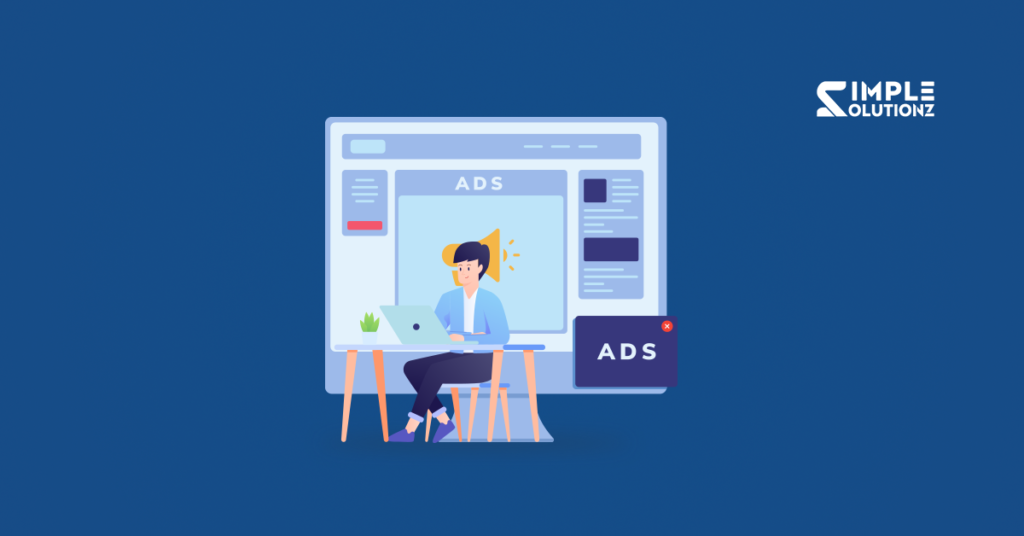People always go for the Internet when they need products or services. Have you tried the Google Ads strategy for a strong online presence? What are Google Ads? How can you control the ads? If you want to learn this, read this blog!
Contents
What are the Ads Setting Google Com?
Adsettings.Google.com is a Google platform that allows users to control the ads they see online. This tool enhances user experience through personalized ads based on interests and online activity. By accessing Ads Settings, users can manage their ad preferences, choose interest-based ads, and see what information Google uses to personalize ads.
Moreover, when you visit Adssettings.Google.com, you’ll see a dashboard displaying your ad profile. It includes categories and interests Google has inferred based on your online behavior. This profile helps Google tailor ads to your interests, making the ads you encounter more relevant and engaging. The platform also provides options to control whether your activity on other websites and apps is used for ad personalization.
The idea behind Ads Settings is to give users more transparency and control over their online experience.
What Causes Google Ads to Show?
Many factors determine why specific Google Ads display:
- Advertisers bid on keywords related to their products or services. When you search using these keywords, Google’s algorithm matches your query with relevant ads.
- Google tracks your online behavior, including the websites you visit, searches you perform, and apps you use. This data helps Google create a profile of your interests, allowing advertisers to target their ads more precisely.
- Ads are tailored to your geographic location and the language you use.
- The type of device you’re using, and the time of day can influence which ads are shown. For example, mobile ads may differ from those displayed on a desktop.
- Google Ads works on a bidding system where advertisers compete for ad space. The bid amount, ad quality, and relevance combination determine which ads appear in each search result.
What are the Pros of Google Ads?
Google Ads offers several advantages for both advertisers and users:
- Advertisers can reach specific audiences
- Monitor the performance of their campaigns in real-time
- A cost-effective option for reaching potential customers
- Offer advertisers a vast audience to target.
- Advertisers can set daily budgets and adjust them as needed, providing control over how much they spend on advertising.
- Keeping businesses top-of-mind for potential customers
These benefits make Google Ads a good option for businesses looking to expand, engage, and drive conversions.
How to Manage Google Ads?
Effectively managing Google Ads involves several strategic steps to ensure your campaigns are successful and provide a good return on investment. Here’s how you can manage Adssettings.Google efficiently:
Define Your Objectives:
Start by clearly outlining your advertising goals. Are you looking to drive more traffic to your website, increase sales, generate leads, or boost brand awareness? Defining your objectives will guide your entire campaign strategy.
Conduct Keyword Research:
Use tools like Google Keyword Planner to select relevant keywords for your target audience. Focus on both high-traffic and long-tail keywords to capture a broad audience.
Create Targeted Ad Groups
Organize your ads into groups based on specific themes or product categories. This allows for more precise targeting and helps you tailor your ad copy to specific audience segments.
Write Compelling Ad Copy
Craft engaging and relevant ad copy that highlights the benefits of your offers. Use clear, persuasive language and include a solid call to action that empowers users to click on your ad. Test different versions of your ad copy to see which performs best.
Design Optimized Landing Pages
Make sure that your landing pages resonate with the ads and provide a seamless user experience. They should be well-designed, load quickly, and include clear CTAs.
Set Your Budget and Bids
Determine your advertising budget and how much you are willing to bid for each click. Use Google’s automated bidding strategies to optimize for your specific goals, whether maximizing clicks, conversions, or return on ad spend (ROAS).
Utilize Ad Extensions
Enhance your ads with extensions like site links, callouts, and structured snippets. These provide additional information and can improve your ad’s visibility and click-through rate (CTR).
Monitor and Analyze Performance
Regularly check your campaign’s performance using Google Ads analytics. Pay attention to key metrics such as CTR, conversion rate, cost per click (CPC), and return on investment (ROI). Use this data to identify which ads and keywords are performing well and which need improvement.
Adjust and Optimize
Based on your analysis, make necessary adjustments to your campaigns. It involves tweaking your ad copy, adjusting bids, pausing underperforming keywords, or reallocating your budget to better-performing ads.
Test and Iterate
Continuously test different points of your adssettings.google, such as headlines, descriptions, and images. This will help you see what resonates best with your audience. A/B testing can provide valuable insights that help you refine your campaigns.
Stay Updated with Trends
Digital advertising trends and consumer behaviors are constantly evolving. Stay current with the latest trends in digital marketing and Google Ads to ensure your strategies remain effective and competitive.
- Regularly check your ad profile to see the interests and categories Google has associated with you.
- You can adjust your ad preferences by adding or removing interests and categories.
- Ad personalization is based on the data Google collects from your online activities. By understanding how ad personalization works, you can make informed decisions about which data is used to tailor your ad experience.
- Google allows you to control whether your activity on other websites and apps is used for ad personalization. Moreover, you can manage the data Google uses to create your ad profile.
- Give notice about the changes to ensure your preferences are up to date and reflect your current comfort level with data sharing and ad personalization.
- If you don’t want to receive personalized ads, Adssettings.Google.com provides options to opt out.
- Google offers various privacy tools, such as the Privacy Checkup and Security Checkup. Utilizing these tools can provide you with greater control over your online experience.
Google Ads settings apply across devices if you are signed into your Google account. Consider how your settings might impact your ad experience on devices like smartphones, tablets, and computers.
Understanding and managing your ad preferences through Adssettings.Google.com is essential for creating a more relevant and personalized online experience. However, you can control the types of ads you see and ensure they align with your interests. Google Ads provides businesses with powerful tools for reaching their target audiences. It offers benefits such as targeted advertising, measurable results, and cost-efficiency.

